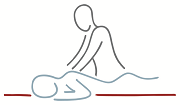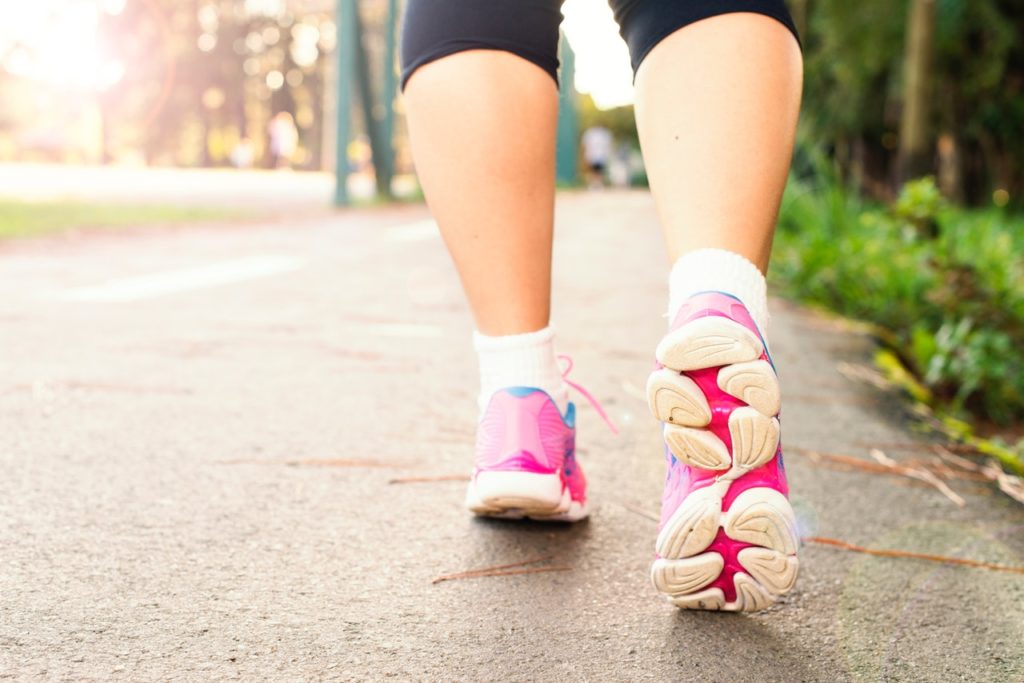Iliotibial Band Syndrome (ITBS) is one of the most common causes of ‘Runners Knee’ and accounts for up to a quarter of overuse injuries in runners.
The ITB is a thick fibrous band of fascia which originates from the Tensor Fascia Latae (front of hip) and Gluteus Maximus (buttock) muscles of the pelvis, travels over the hip and knee joints and connects just below the knee on the outer end of the Tibia (Shin bone).
The ITB and its associated muscles stabilise the leg during the stance phase of walking and running, which is the time from initial foot contact to propulsion. It also works with the hip muscles in abduction (outward movement) of the thigh, and helps to resist twisting movements around the knee joint.
In ITB Syndrome the pain is in the outside portion of the knee, above where the ITB crosses the joint. The pain usually occurs just after initial contact of the foot with the ground and gets progressively worse as a run or walk continues. It is particularly noticeable with downhill and long distance, slower running. It isn’t just tightness of the ITB that causes the problem but also the load on the ITB and the frequency at which it finds itself under load.
The common causes of ITBS are as follows:
1. Weakness of the Hip Abductor muscles (mainly the Gluteus Medius and Minimus). The Gluteus Medius and Minimus muscles abduct the hip, taking the leg away from the body. If the Gluteus Medius or Minimus muscles are weak and not working well, then the Tensor Fascia Latae (TFL) often becomes more active to compensate. As the TFL attaches to the ITB this can place greater tension on the ITB and contribute to the problem.
2. An increase in volume and type of training. A dramatic increase in the mileage you are running each week, or the inclusion of hill running or speed intervals without the appropriate underlying strength and movement control.
3. Soft Tissue Flexibility: Restriction or a lack of flexibility of the Hip Flexors, Quadriceps and TFL muscles.
4. Poor movement control, biomechanics and running technique.
Treatment:
1. Rest and a reduction in running volume.
2. Ice around the painful knee.
3. Anti-Inflammatory drugs may help ease the pain
4. Massage, Foam Rolling and Trigger Point releases to address TFL, Hip Flexor and Quadriceps tightness.
5. Strengthening exercises to start to address any Gluteal, Quadriceps or Hamstring weakness.
As you progress through this initial phase and your symptoms start to settle it is important that your biomechanics, movement control and running technique are addressed and that your strength program is gradually progressed.
If you would like any help with managing this condition, please get in touch.

